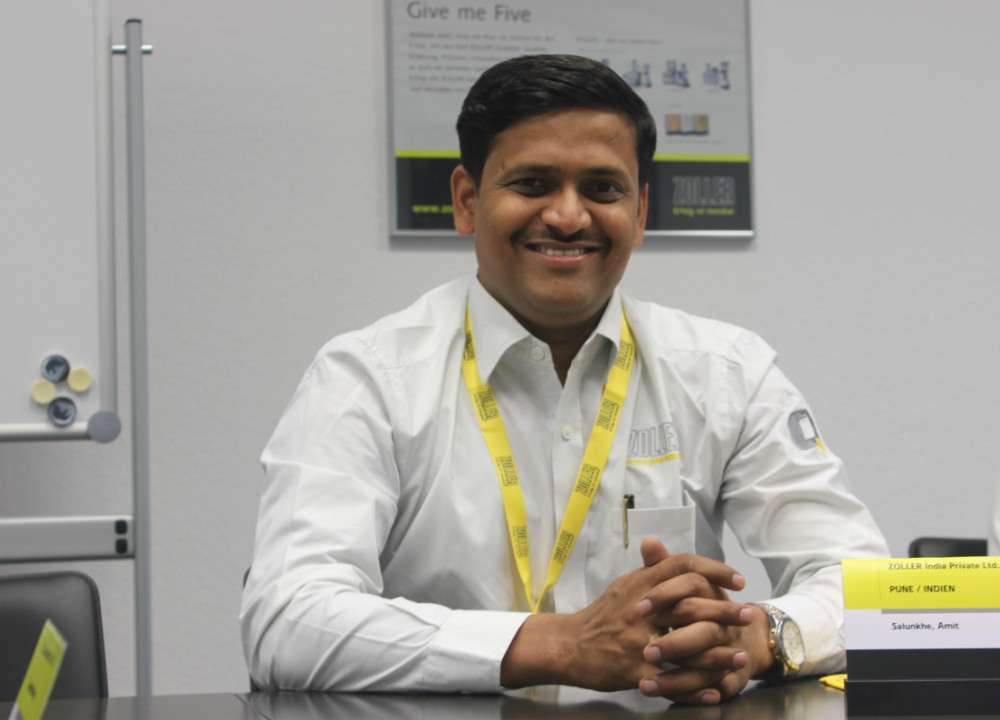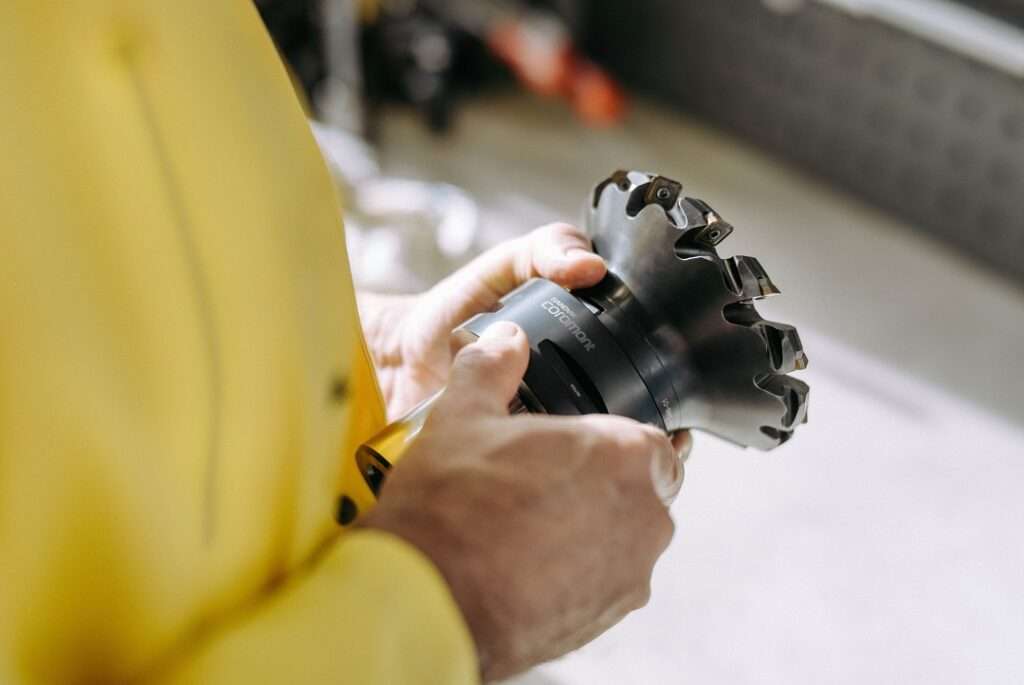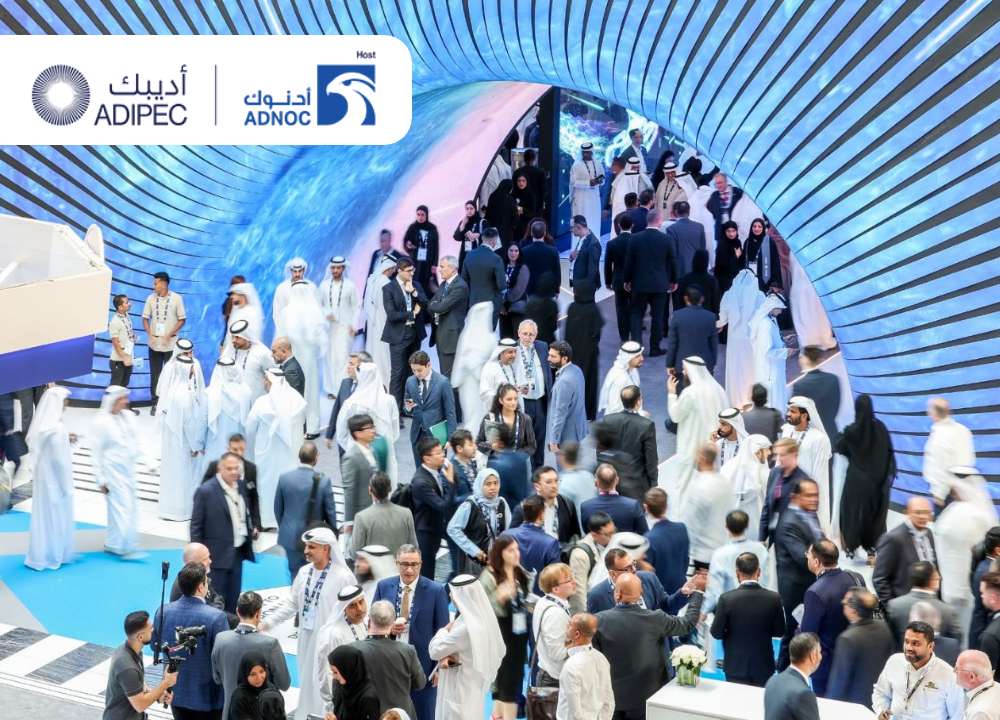Makwana Engineering Works, a premier engineering firm in the city of Bhavnagar in Gujarat was established in the year 1965 by Late MM Makwana and his sons to manufacture conventional pillar drilling machines to address indigenous needs, as well as cater to the international markets. In a span of close to six decades, the company has grown to four manufacturing units and made immense progress in its field and today enjoys an excellent market reputation for its quality & delivery commitments both within and outside India.

In an interview with The Machine Maker, Navdeep Rathore, Director of Manu Yantralaya, talks about his journey. Mr. Rathore completed his B.Tech from CC of Chandigarh, and MBA from Pune’s Symbiosis. He is also a national-level basketball player who turned his attention towards snagging businesses. While describing his journey, he says, “Factory worker turned into an entrepreneur”.
Manu Yantralaya was established in 1998 by Mahedra Kumar Banthia. Today their employee numbers cross 300. The company is a recipient of the “Carbon Neutral Certification”, and they are the first company in this sector in India to have received this certification, and it all goes to Mr. Rathore, who worked relentlessly on sustainability as a means of growth with 25% of the plant’s energy consumption coming from solar energy. The company has received the Rajiv Gandhi Quality Award twice, once in 2010 and then again in 2013. Apart from the certifications from agencies, their customers too have heaped awards on them, like the ‘Best supplier award’ – coming from one of their customers in Sweden, called SKF.
With a JV with a Japanese entity, Manu Yantralaya’s products include precision sheet metal components that find applications across sectors where high accuracy and material properties matter. The level of their proficiency and criticalness of their products can be gauged from the fact that they produce parts for the aerospace and medical industry.
“In the manufacturing sector, it’s like firefighting,” says Mr. Rathore regarding the challenges they need to face almost on a daily basis due to the critical nature of their product components. The major issues they face is finding the right manpower. “India may have a huge population but when it comes to the real skills that an organization wants in its employees, they are sorely missing”, says Mr. Rathore. This is all-the-more problematic for a small concern, who cannot afford to train its manpower, given its limited resources that most goes towards the production and sale.

With a huge wave of engineers and diploma holders coming into the job-market, Mr. Rathore has a valid question – “Are they ready?” Manufacturing industries need highly skilled workers to take India to next level.
The other challenge is the down time of machines due to which manufacturers suffer a lot, through no fault of theirs. In most cases this occurs due to some imported part, spare or tool faulting. Parallel to this is the concern of raw materials and its pricing that gets affected by any issue in any part of the world. It invariably affects raw-material supply and resultant pricing. But, despite these challenges, Mr. Rathore has dedicated himself to look beyond problems and manage their production, and growth of the company.
Mr. Rathore steers the conversation towards the three pillars of ‘Make in India’. The first, foreign investment. If any company or organization wants to enter India, they act as a hub. A lot of vendors and suppliers work around it and generate employment that helps small businesses grow. The second pillar is reducing imports. There is a huge gap between export and import which leads to a deficit and again leads to a decline in forex reserves. Reducing imports and increasing local manufacturing of products can lead to a better economy and more stuff in the forex kitty. The third pillar is, branding, and is a factor of the first two pillars. Indian manufacturers generating domestic products with foreign investments need a strong message, a brand, and that comes cohesively through the ‘Make in India’ campaign. The last is all about boosting local manufacturers so that they contribute their bit to the Indian economy.
One of the biggest achievements of Mr. Rathore has been the ‘localization award’ that the Schaeffler group gave them. They were given this award because they managed to produce a part which was till then being imported from Europe. A year down the line, Manu Yantralay got the global business for it! “We are no less than any European or Germany in terms of quality. Today we produce nothing but the best quality component”, says Mr. Rathore, talking about how they have given competition to global producers in areas of quality. Mr. Banthia led the product development, along with Mr. Rathore to make these high precision products.
India has a huge market. Supply chain disruption in the semi-conductor industry portends to make the country one of the most dominant suppliers in times to come. The country is headed towards being the semi-conductor hub by 2030-35. The contribution of Indian manufacturers shall go from USD 500 billion to USD 1.35 trillion by 2030. If there is any comparison in terms of productivity with China, yes, India is still struggling but surely heading the right way towards a brighter future. The future market is of EVs and Indian manufacturers are all set to make India the EV hub of the world in times to come.







